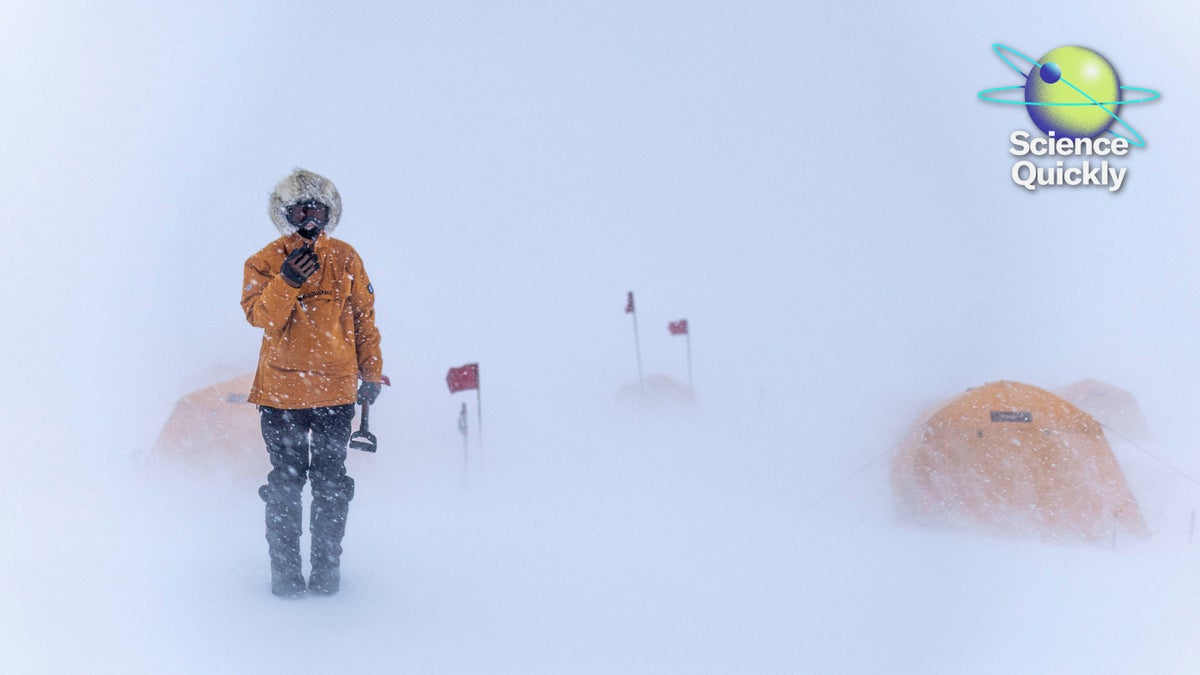
"Five and a half trillion tons of ice have melted from the Greenland ice sheet since 2002, equating to enough water to fill Olympic-sized pools for 2.2 billion people."
"Satellites have monitored Greenland's mass loss for over 20 years, but uncertainty remains about how the ice sheet will disintegrate and its potential impact on sea level."
"The Greenland ice sheet holds 24 feet of potential sea-level rise, making understanding its stability crucial for future climate predictions."
"A recent expedition focused on drilling through the ice of Greenland to understand geological layers beneath it, providing insights into the ice sheet's future."
The Greenland ice sheet has lost five and a half trillion tons of ice since 2002, a volume sufficient to fill Olympic-sized swimming pools for 2.2 billion people. Satellite monitoring over two decades reveals significant mass loss, yet the mechanisms of the ice sheet's potential disintegration remain unclear. The ice sheet contains 24 feet of locked sea-level rise, making its behavior critical for future projections. Recently, an expedition aimed to drill through the ice to access geological layers beneath, enhancing understanding of the ice sheet's future.
Read at www.scientificamerican.com
Unable to calculate read time
Collection
[
|
...
]